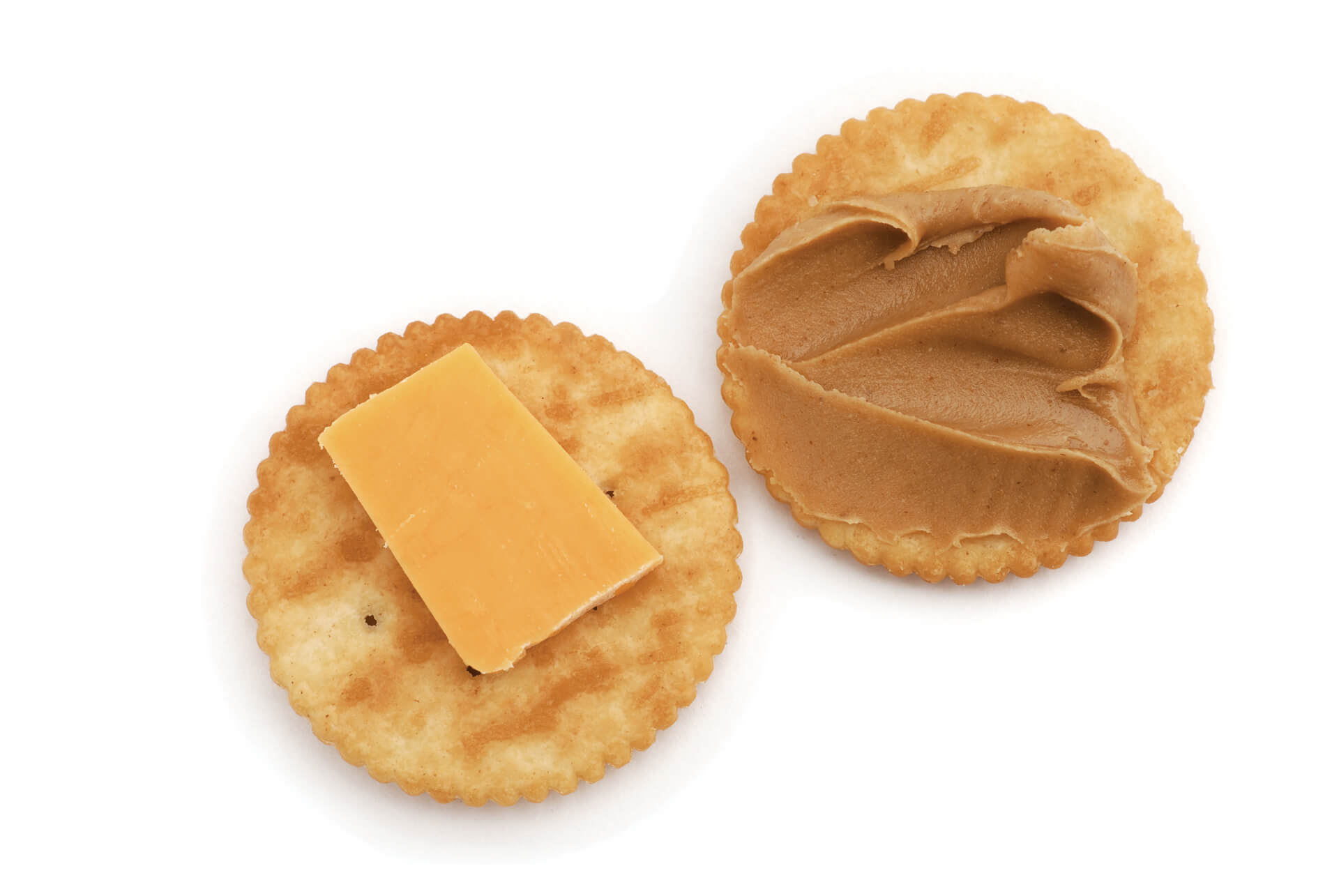How much is enough?
Protein is important for muscles, growth, and general health. Eating protein evens out blood sugar levels, which can help with energy and behavior and helps children feel full and eat the right amount. Protein is important, but most parents think their child needs far more protein than they actually do. Your child is probably doing better than you think! Pediatric dietitian Hydee Becker, RD, reassures, “Kids almost always get more than enough protein, even in that picky toddler stage.
Healthy 1-to-3 year-old children like Zack need a little more than half a gram of protein for every pound they weigh (per day). You don’t need a calculator, but here’s what Zack needs as an example. Zack weighs 25 pounds so he needs about 14 grams a day. If in one day he eats a slice of bread, one egg and one cup of milk, it adds up to enough protein. Surprised?
Once Melissa learned that Zack was getting enough protein, she was reassured. She also realized that by serving nuggets every night he was losing out on learning to like other protein sources, “I’m glad I don’t have to worry about protein so much. Yesterday for lunch he dipped crackers into baked beans and ate some!” Think of foods with protein that you like to eat. Parents teach children to learn to like a food best when they serve it and enjoy it themselves.
If you are concerned about your child’s eating or protein, talk to your WIC professional.


